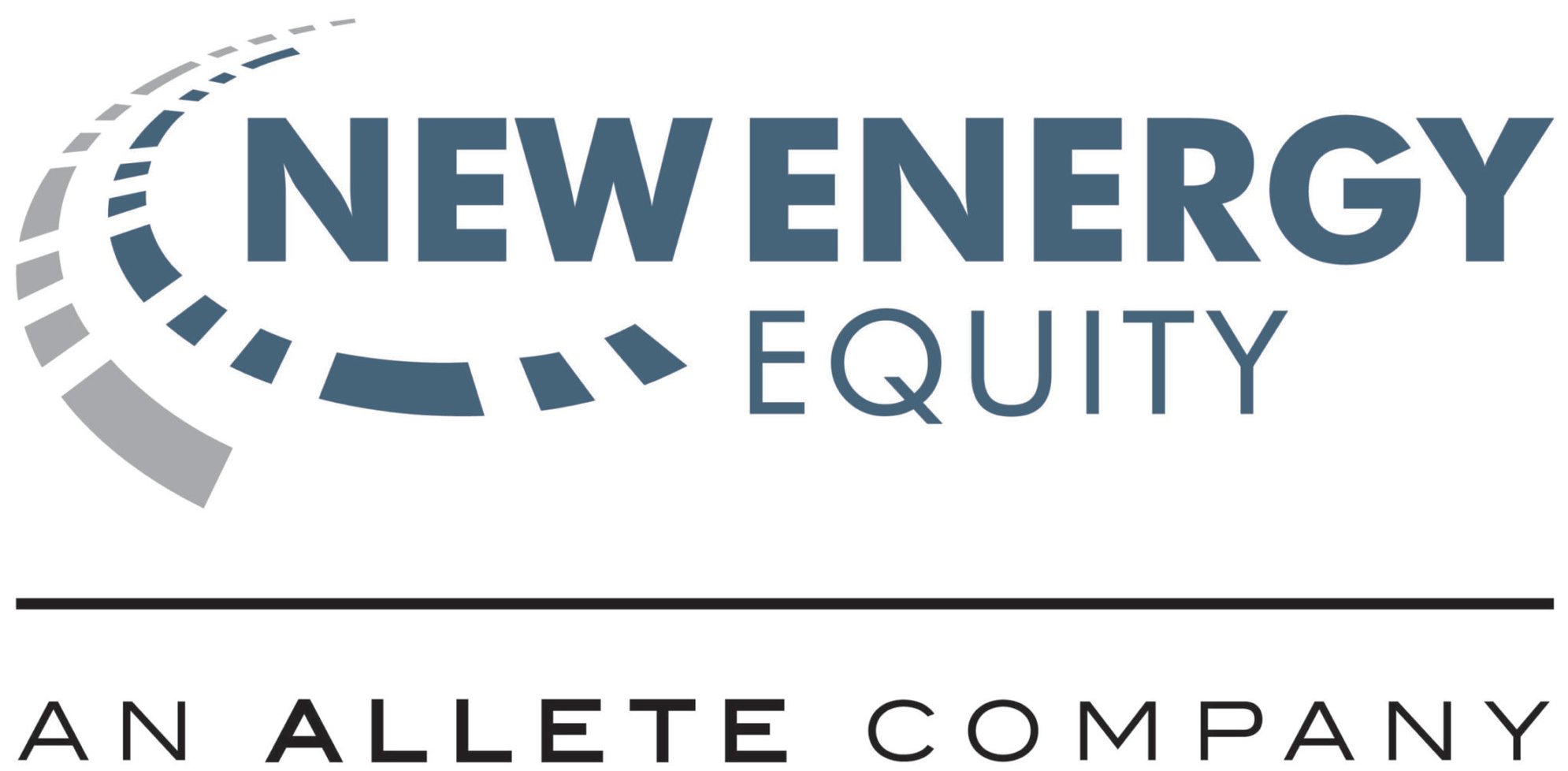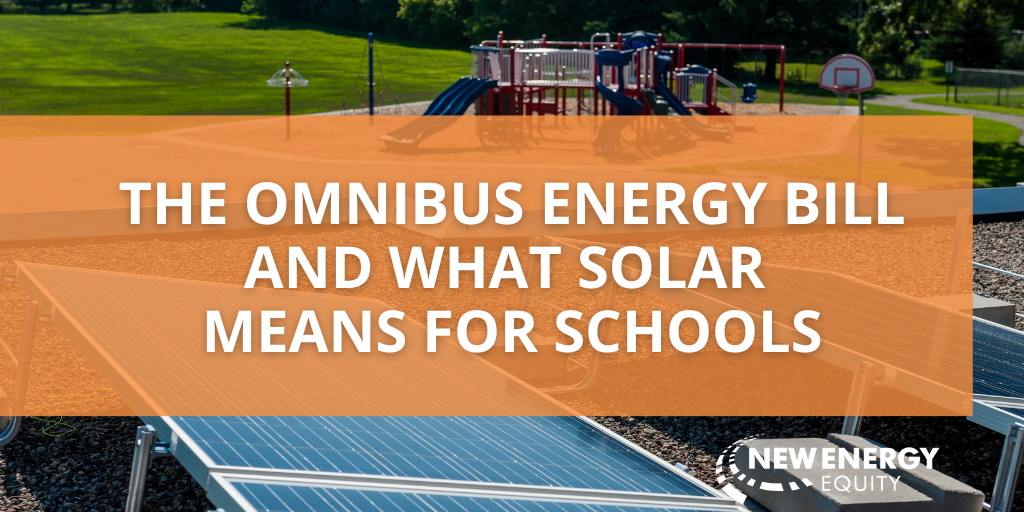New Energy Insights
- Home /
- New Energy Insights /
- The Omnibus Energy Bill and What Solar Means for Schools
The Omnibus Energy Bill
Minnesota legislators recently approved the omnibus commerce and energy policy and finance bill. The aim of the bill is to support renewables, electric vehicle charging infrastructure, make prescription drugs more affordable, and provide additional rights to student loan borrowers. As far as energy is concerned, over $60 million will be used by the renewable development account for the following:
- Reaching net zero emissions by 2050.
- Establishing building electrification goals.
- Creating a process and transition program for retiring generation facilities.
- Improving siting provisions for solar on farmland.
- Creating carbon intensity reduction standards for transportation.
- Facilitating the expansion of a solar plant.
- Supporting solar projects on k-12 schools and community colleges.
- And many other initiatives.
With Minnesota’s economy reopening and the school year quickly approaching, this program will be instrumental in providing schools equitable access to solar energy.
What it Means for Schools
$16 million will be available for solar projects on K-12 schools, and $5 million will be available for community college projects. In greater Minnesota, the maximum system size will be capped at 40 kW and projects in Xcel will be capped at 1 MW. The Minnesota Solar Energy Industries Association projects that the funds could support roughly 350 schools across the state, nearly tripling the current total of school installations.
There is a focus on equity within this program as well. Within Xcel territory, 40% of the program’s funding will be directed to schools where at least 50% of students receive free or reduced lunches. This will help school districts with a large percentage of low-income students invest in solar and save on utility bills.
Saving on Utility Bills
Installing solar panels can greatly reduce utility spending on schools, saving significantly in the long run. For example, Mounds View School District installed solar on 13 buildings, and will reduce energy costs by $2 million over the next 25 years. With solar, schools can also protect against rising electricity costs, guaranteeing electricity prices for up to 20 years.
Hands-on STEM Opportunities
Solar isn’t just a way to save money on energy, it also provides an opportunity to educate the next generation of energy leaders. Take ISD 197’s sustainability manager’s example, “It’s hard to encourage kids to be excited about learning about energy. This is one way that they can actually see it in action.” In fact, schools must have an educational component in order to participate. In addition to providing an opportunity to see solar in action, New Energy Equity clients are offered standards based STEM curricula and educator workshops, free of charge with the Sunrise Program.
Acting Sustainability
Switching to solar energy is one of the biggest changes we can make in our communities to curb climate change. According to the Environmental Protection Agency (EPA), generating electricity contributes over one-third of all greenhouse gas emissions in the United States. With rising concerns about our carbon footprint and the mounting cost of energy, solar is a wise investment for the health of the environment and generations to come.
Flip the Switch on Solar for your School!
Nearly a third of all Minnesota schools with solar have worked with New Energy Equity, and we are happy to help educate schools about the efficacy of solar energy. If you’re interested in learning more about solar, or seeing if solar is right for your school, simply request a quote, call, or reach out to info@newenergyequity.com to get started. We'd be more than happy to coordinate a tour at one of our schools to see an array in person!
Helpful Links for Schools Considering Solar Energy:
MN Clean Energy Resource Teams | Additional Omnibus Energy Bill Info | Standards-Based STEM Curricula
Stay up-to-date with New Energy Equity by joining our mailing list.

